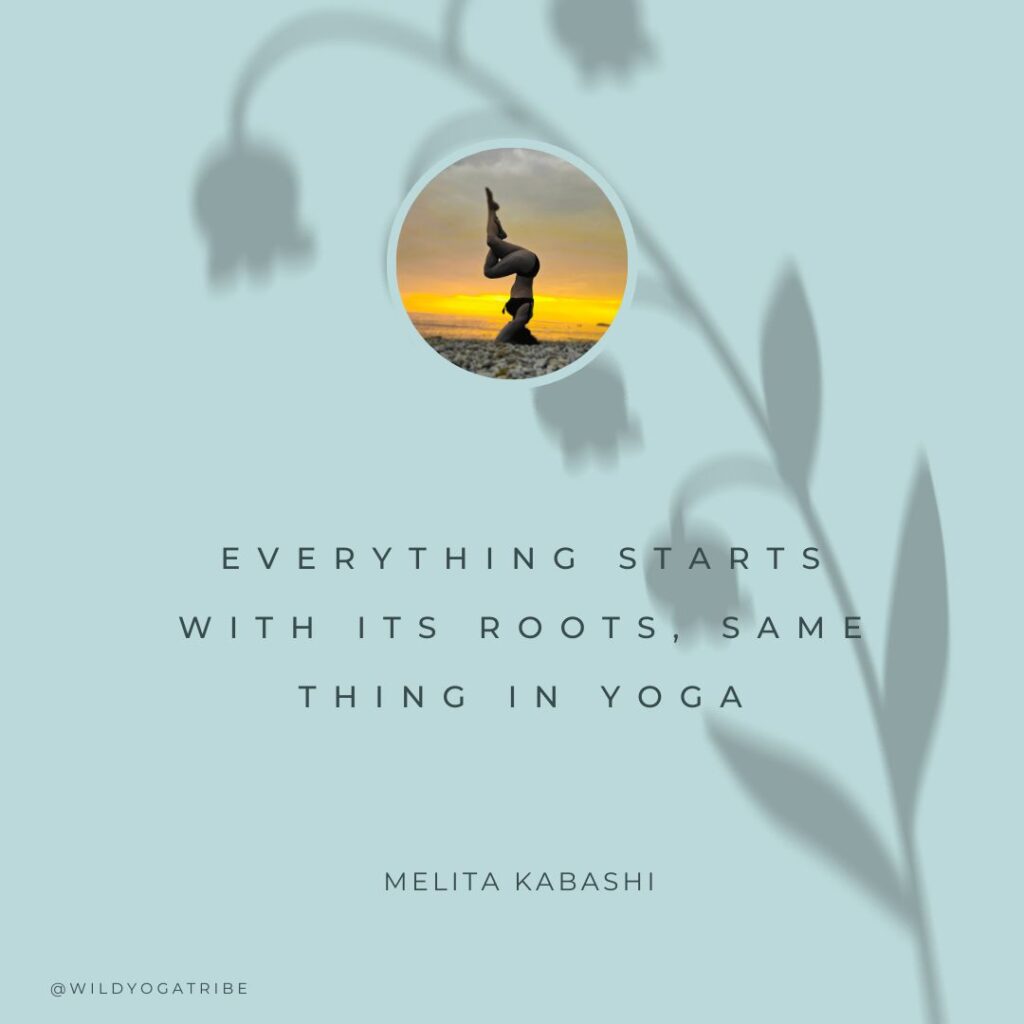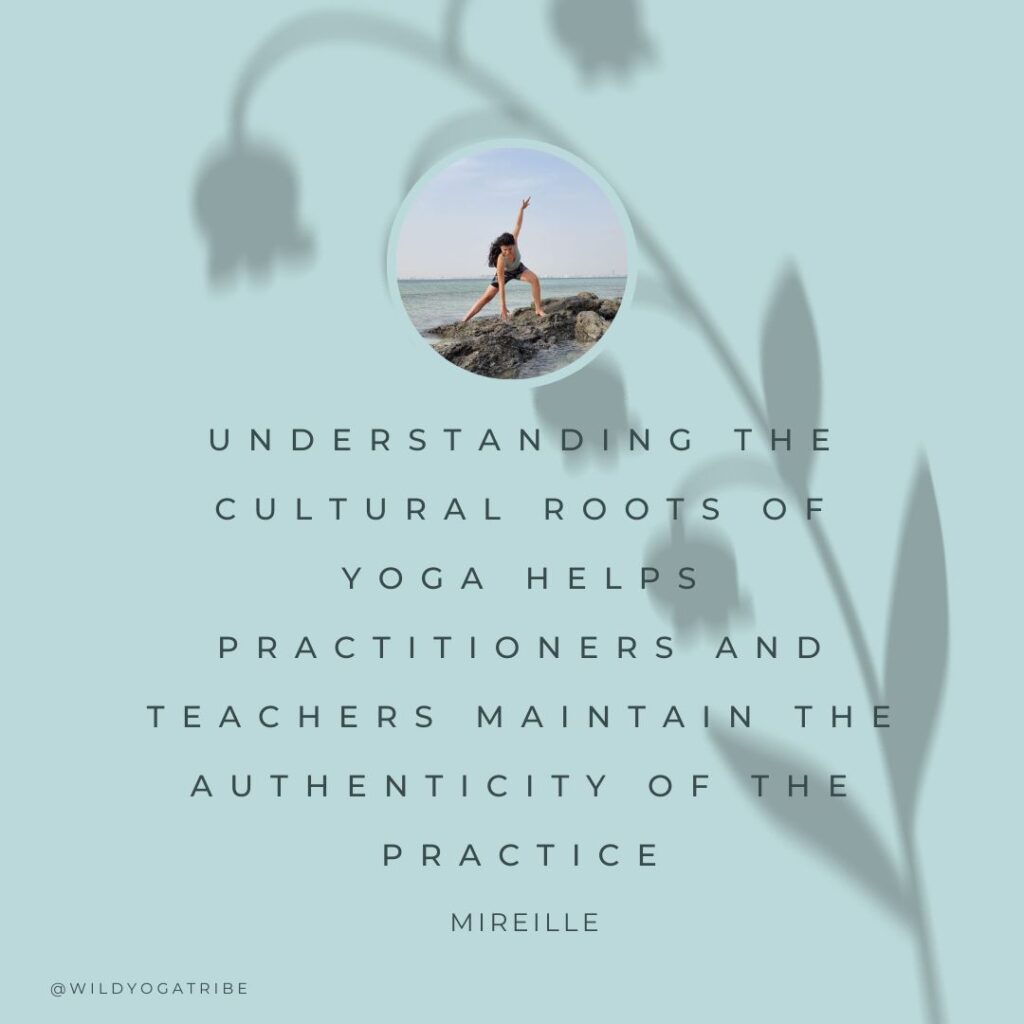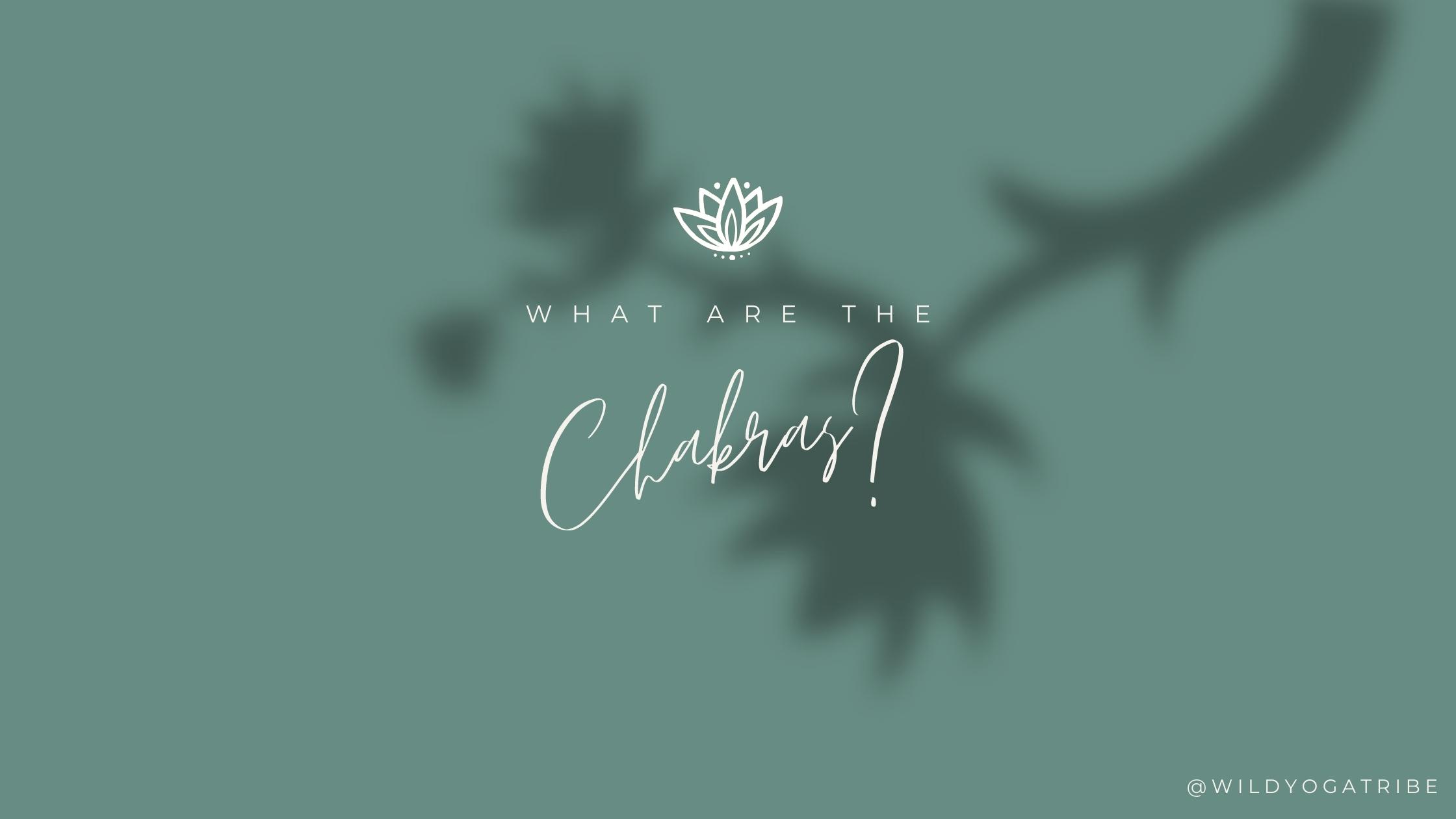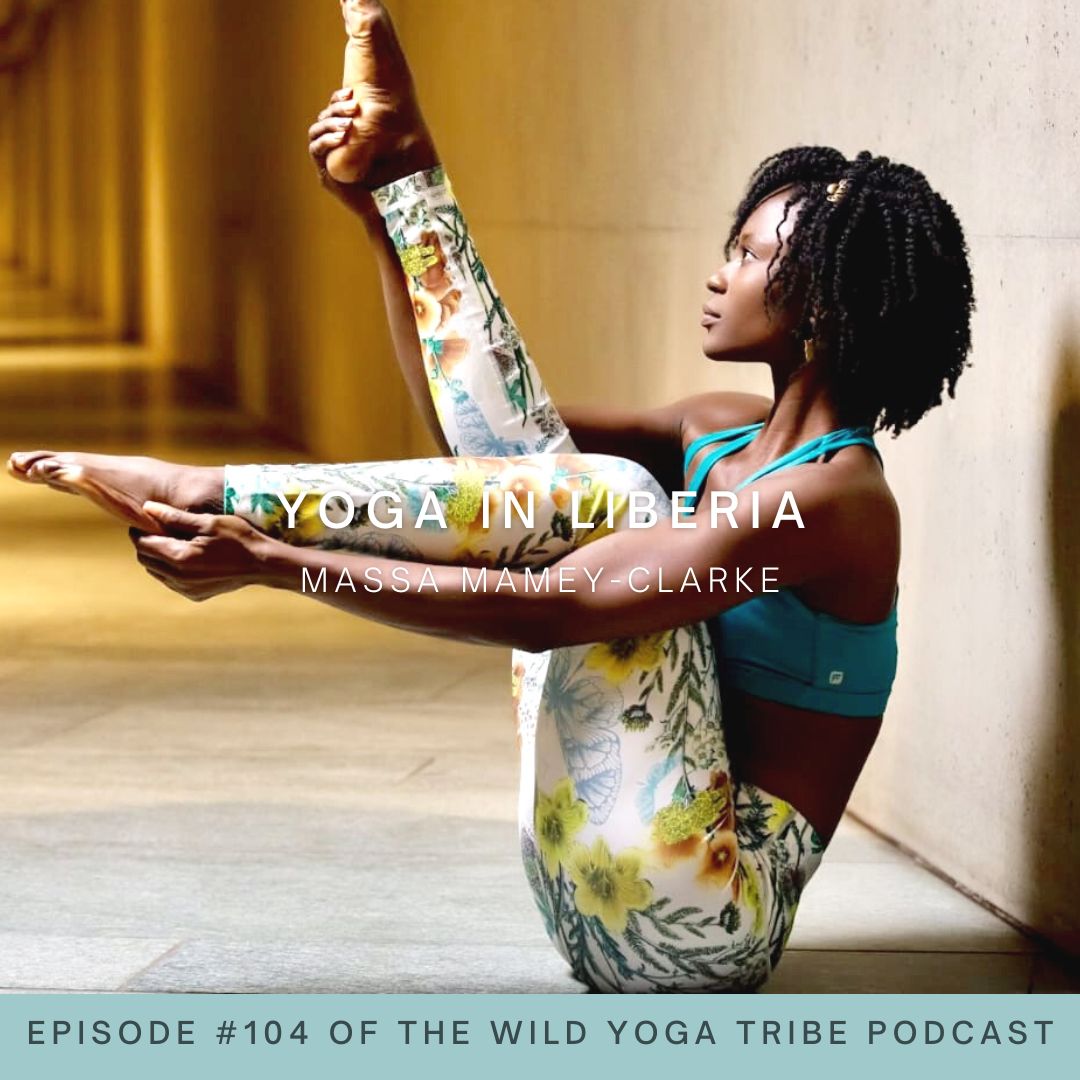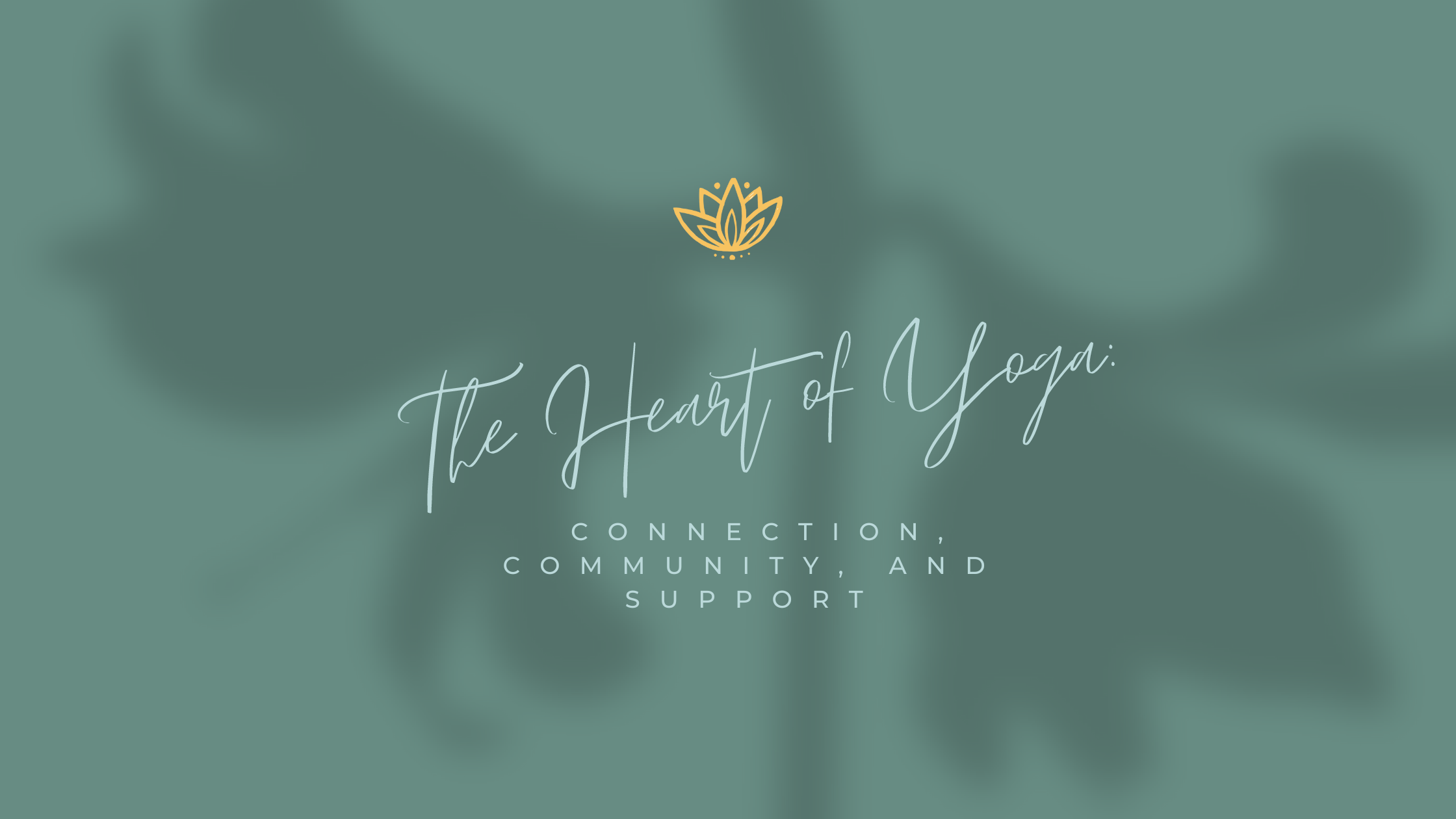
In our modern world, where yoga has transcended geographical boundaries and found a place in diverse communities worldwide—as evidenced here with the beautiful Wild Yoga Tribe community— it’s crucial not to overlook its cultural origins. As Morgan Balavage from Splendid Yoga in Los Angeles rightfully puts it, “Without acknowledging and honoring the roots of the practice, particularly the yamas and niyamas, you’re missing out on a core practice.” Indeed, the essence of yoga lies in understanding its rich heritage, rooted deeply in the ancient traditions.
Across continents, from Kosovo to New Zealand, yoga teachers echo the sentiment that embracing yoga’s cultural roots is not just a matter of tradition but one of respect and ethical consideration. Melita Kabashi emphasizes, “Everything starts with its roots, same thing in yoga.”
Understanding this depth enables individuals to truly allow yoga to shape and transform them.
Here, together, we explore why acknowledging and appreciating the cultural roots of yoga is paramount. From fostering unity within the yoga community to maintaining the authenticity of the practice, each perspective offers profound insights. We delve into the ways yoga practitioners and teachers can strike a balance between honoring tradition and adapting yoga to various settings and audiences in our diverse and globalized world.
Without acknowledging and honoring the roots of the practice, you’re missing out on a core practice,
Morgan Balavage, From Los Angeles, CA. Owner of an online yoga studio: Splendid Yoga. Connect with Morgan: Morgan Balavage

Why is it essential for yoga practitioners and teachers to acknowledge and appreciate the cultural roots of yoga?
“Yoga by nature is an evolving concept and practice, but without acknowledging and honoring the roots of the practice, particularly the yamas and niyamas, you’re missing out on a core practice. Further, the Sanskrit language as spoken tones are particularly powerful and cleansing for the throat chakras. How much more satisfying is it to call your students into virabhadrasana vs warrior?”
In a diverse and globalized world, how can yoga practitioners and teachers strike a balance between honoring the traditions and cultural aspects of yoga while adapting it to different settings and audiences?
“Teachers can offer the poses in the traditional Sanskrit and use that as an excuse to tell the story behind the name of the asanas to honor the lineage, entertain and enlighten students, and to bring deeper meaning to the poses.”
Could you share specific examples or practices that promote cultural appreciation and respect within yoga classes or communities?
“I love telling the story of Hanuman, giving students the descriptor of a monkey god stretching his legs to leap between oceans to gather medicine to save a precious life. The story behind the pose brings new meaning to the sometimes uncomfortable stretches we put ourselves into.”
Yoga starts with its roots
Melita Kabashi from Prishtina, Kosovo. Owner of Drith_Yoga. Connect with Melita: Drith_Yoga
Why is it essential for yoga practitioners and teachers to acknowledge and appreciate the cultural roots of yoga?
“Everything starts with its roots, same thing in yoga. It is only warmer we understand the depth of yoga, can we truly allow it to shame and transform us as an individual.”
In a diverse and globalized world, how can yoga practitioners and teachers strike a balance between honoring the traditions and cultural aspects of yoga while adapting it to different settings and audiences?
“Just like religions, for me yoga was very much of a personal approach. You have to read and understand it yourself ( I.e religion , yoga and other), so you can then adapt it to your own needs. No two people should problably feel yoga the same way. So giving information while allowing them to search how that best fits into their life, this is balancing for me.”
Could you share specific examples or practices that promote cultural appreciation and respect within yoga classes or communities?
“In my yoga classes, it can be little things, like I have students that chose a music to play for that day, or to simply rest or flow at their own pace. While online, I try to spread information, motivation and positivity as much as possible, fostering kindness and understanding within a community.”
Acknowledging and appreciating the cultural roots of yoga is a matter of respect, cultural sensitivity, and ethical consideration
Jen – The Adaptive Yogi, from Auckland, New Zealand. Owner of the: The Adaptive Yogi Connect with Jen: The Adaptive Yogi
Why is it essential for yoga practitioners and teachers to acknowledge and appreciate the cultural roots of yoga?
“Acknowledging and appreciating the cultural roots of yoga is a matter of respect, cultural sensitivity, and ethical consideration. It makes the practice more ‘real’ and allows teachers/students to go deeper. It helps to create unity within the ‘yoga world’ and gives a really good foundation of rich traditions to teach from, leading to a more meaningful and transformative yoga experience. I still feel like a bit of a fraud being a ‘western’ Yoga Teacher and that I’ve only scratched the surface and am always trying to learn more – there is so much!”
In a diverse and globalized world, how can yoga practitioners and teachers strike a balance between honoring the traditions and cultural aspects of yoga while adapting it to different settings and audiences?
“By embracing cultural respect and awareness, inclusivity and accessibility – we can try to find a balance between honoring the traditions and cultural aspects of yoga while making it accessible, adaptive, and meaningful for diverse settings and audiences. Staying educated and opening dialogues to help break down any misconceptions and keep the authenticity of the Yoga philosophy. Staying mindful and aware – the heart of Yoga.”
Could you share specific examples or practices that promote cultural appreciation and respect within yoga classes or communities?
“Learning what the Sanskrit chants and mantras really mean and using them at the appropriate time and place. Owning and discussing the fact that I don’t fully know all of the ancient traditions and am still learning big time. Explaining the meaning of the mantras as we chant them. Thanking publicly the teachers and gurus that have given us this practice.”
Understanding the cultural roots of yoga helps practitioners and teachers maintain the authenticity of the practice
Mireille from Qatar. Connect with Mireille:Mireille Yadi
Why is it essential for yoga practitioners and teachers to acknowledge and appreciate the cultural roots of yoga?
“Understanding the cultural roots of yoga helps practitioners and teachers maintain the authenticity of the practice. Yoga is not just a physical exercise; it encompasses a holistic system that includes physical postures, breath control, meditation, ethical principles, and more. By learning about the cultural context, practitioners can better grasp the underlying philosophy and apply it in a more meaningful way. By appreciating the cultural roots, practitioners gain a broader understanding of yoga’s purpose, goals, and the principles that guide its practice. This understanding allows practitioners to go beyond the physical aspects of yoga and explore its deeper dimensions.”
In a diverse and globalized world, how can yoga practitioners and teachers strike a balance between honoring the traditions and cultural aspects of yoga while adapting it to different settings and audiences?
“While yoga has cultural roots, it also contains universal principles that transcend cultural boundaries. Focus on the underlying principles of yoga, such as mindfulness, compassion, self-awareness, and self-care. Emphasize these universal aspects that can resonate with people from different backgrounds. Consider factors such as age, physical abilities, cultural background, and religious beliefs. Modify the practice to be inclusive and accessible while maintaining the essence of yoga”.
Could you share specific examples or practices that promote cultural appreciation and respect within yoga classes or communities?
“When adapting yoga practices or poses, be mindful of their cultural origins and respect their integrity. Avoid appropriating or misrepresenting cultural elements. Instead, adapt practices in a way that honors their roots while making them accessible and relevant to diverse audiences. For example, teaching students how to say “Namaste” (a common greeting in Indian culture) and explain its meaning and significance. Or reach out to yoga teachers from different cultural backgrounds and invite them to lead a class or workshop. Organize themed yoga classes that celebrate specific cultures or festivals.”
We shouldn’t close our eyes to the history of yoga
Deborah Charnes, c-iayt, e-ryt 500 and author of From the Boxing Ring to the Ashram from Austin, Tx, USA. Connect with Deborah: Deborah Charnes
Why is it essential for yoga practitioners and teachers to acknowledge and appreciate the cultural roots of yoga?
“I studied cultural anthropology in college because I’ve always been intrigued by other cultures, traditions and languages. Unfortunately, too often, yoga is commercialized in the Western world, erasing important cultural and spiritual aspects of the ancient practice. We shouldn’t close our eyes to the history of yoga.”
In a diverse and globalized world, how can yoga practitioners and teachers strike a balance between honoring the traditions and cultural aspects of yoga while adapting it to different settings and audiences?
“Some people in the yoga world have adapted the tradition to meet the needs of Westerners, and they successfully kept and honored and relayed the roots to the younger generations. However, a complete bulldozing of the philosophy and converting yoga into a sport is outrageous.One example that comes to mind is yoga happy hours where alcohol is added into the mix.”
Could you share specific examples or practices that promote cultural appreciation and respect within yoga classes or communities?
“My favorite form of yoga is Bhakti. In fact, I chose Yandara Yoga Institute for my YTT back in 2010 because they had a Kirtan band on site. I try to infuse mantra meditation into my classes in different ways and I lead therapeutic workshops called Chant and Be Happy. Additionally, in my book, From the Boxing Ring to the Ashram, I explain what “nada yoga” is, and provide scientific studies that affirm the benefits of mantras, sound healing, and in particular, group chanting. Finally, I’ve taken students on field trips to nearby ashrams, and I’ve talked about cultural events like Holi or Diwali in my classes.”
Honoring the Roots: Cultural Appreciation in Yoga Practice
From the insightful perspectives shared by yoga teachers across the globe, it’s clear that honoring yoga’s origins isn’t just a matter of tradition—it’s a fundamental aspect of respect, cultural sensitivity, and ethical consideration. Gratefully, there are myriad ways to promote cultural appreciation and respect within yoga communities.
As we continue our yoga journey, let us carry forward the wisdom gained from this exploration, remembering that understanding and honoring the cultural roots of yoga not only enriches our practice but also fosters unity and connection within the global yoga community. By embracing yoga’s heritage, we can cultivate a deeper sense of authenticity, mindfulness, and reverence for this timeless tradition.

